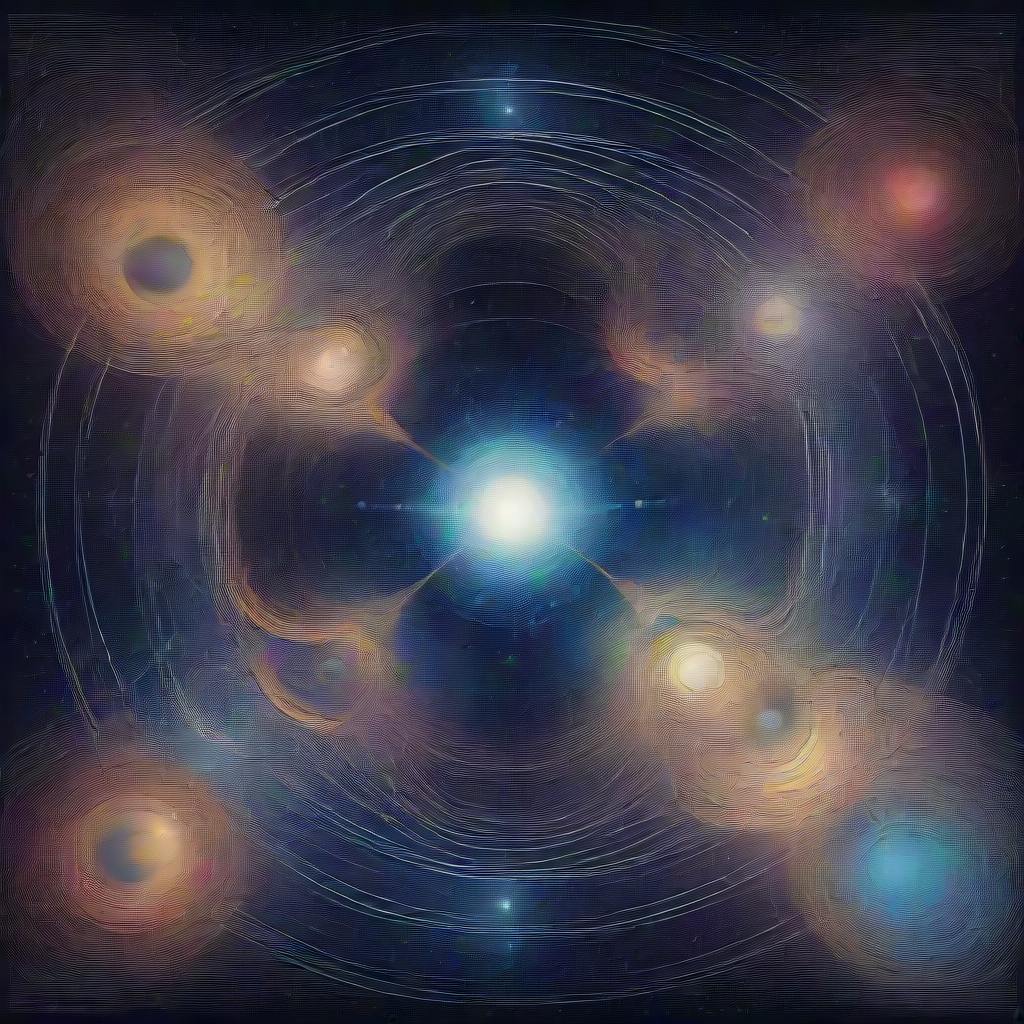Audio Presented by

From Big Bang's singularity to galaxies' cosmic dance the universe unfolds its majestic tapestry of space and time.
Story's Credibility

About Author
From Big Bang's singularity to galaxies' cosmic dance the universe unfolds its majestic tapestry of space and time.
